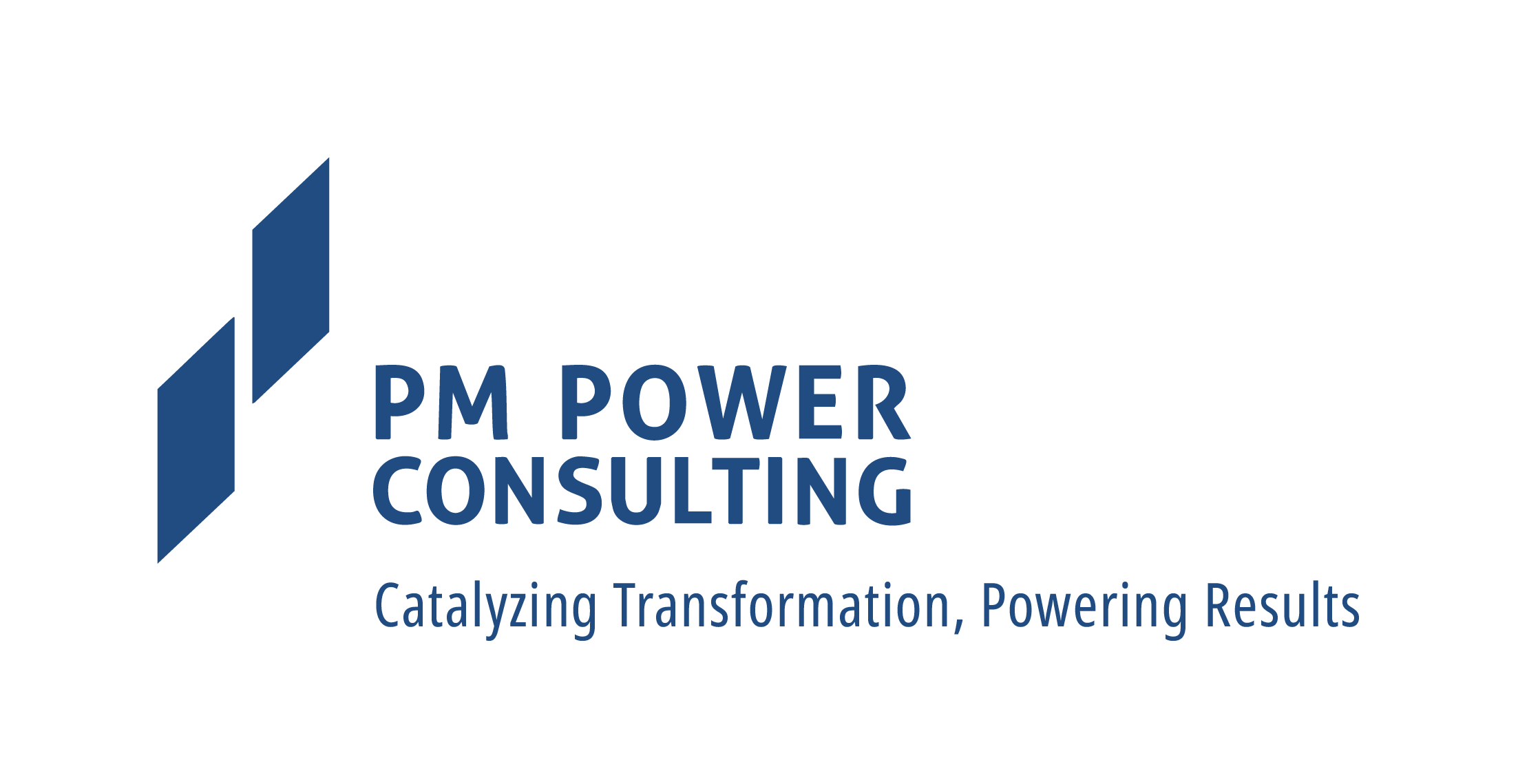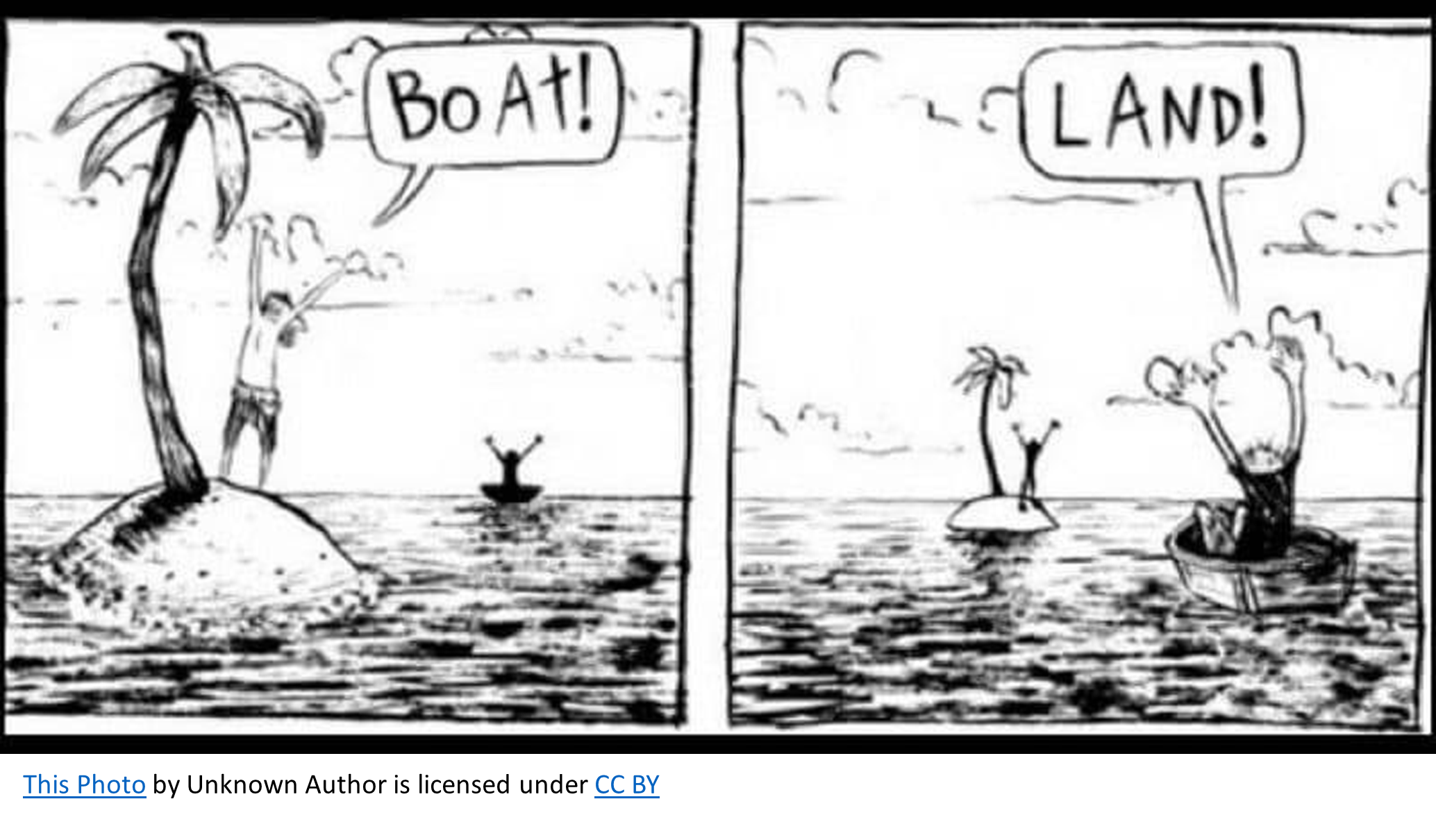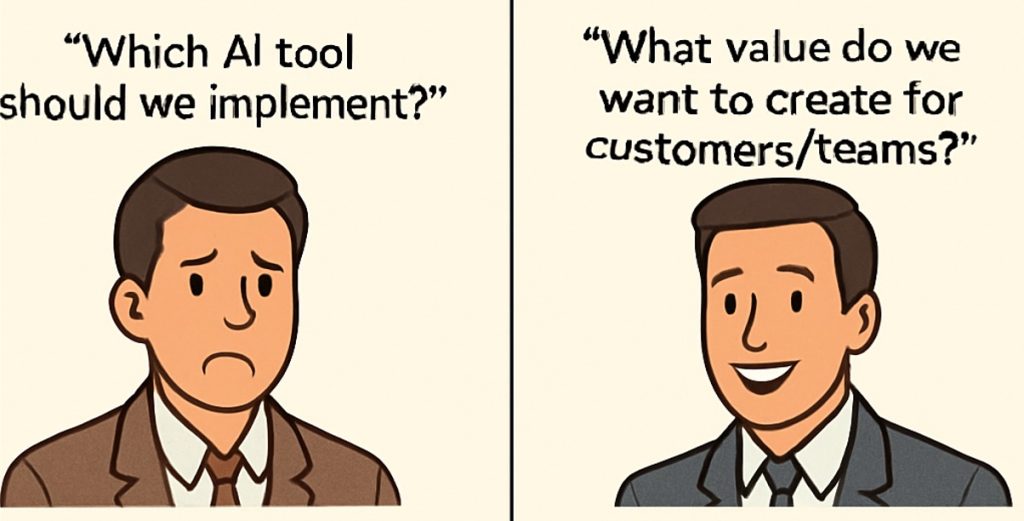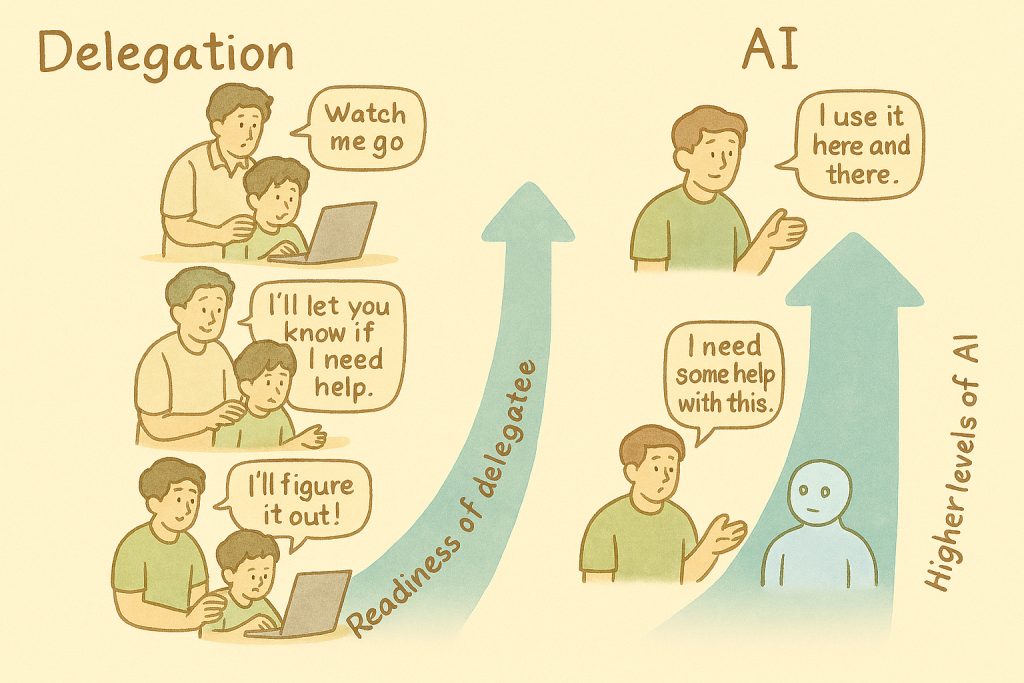Sometime back a colleague in PM Power Consulting posed the question whether leadership in projects would be different compared to leadership in other middle management roles.
That got me to think a bit. I said to myself, well, leadership is leadership and so it cannot be that different for middle managers performing a project manager role. Anyway, I looked up the broad scope of the term leadership:
“Leadership is the ability to guide, influence, or inspire individuals or groups toward achieving common goals. It involves setting a vision, making decisions, and fostering collaboration and motivation. Effective leadership encompasses various qualities, including communication, empathy, integrity, and the capacity to adapt to changing circumstances. Ultimately, leadership is about empowering others and facilitating their growth while working toward a shared purpose”
Going by the above, it did seem that may be there is no great difference in leadership in project contexts. But then I began to have some second thoughts and niggling doubts. Does the context of a project not have an influence on the nature of leadership? Are there not nuances in such cases?
So, I jotted down a few points about the special context of a project and resulting nuances in leadership. Here they are:
Context element #1: The project manager often inherits the project when the project has gone through stages of initiation including the business case development, outcomes expected, costs, timelines etc. It should have gone through stages of approval and very likely there is a senior-level sponsor backing it.
- Leadership nuance: Upon taking over as the Project Manager of the newly-defined project, he/she needs to re-examine previous work done for an understanding and reassurance before launching into execution. He/she may well find some lacunae, often in work estimates and timelines.
Now there is a choice to be made by the PM. One choice is not to speak up and rock the boat and try to do the best under the circumstances. The second choice is to raise the alarm in case the lacunae are serious enough. A key factor in making the choice is Leadership Courage, a significant nuance of leadership in project contexts much more than elsewhere in middle management
Leadership Courage of the project manager continues to be tested throughout the project, not just at the time of initiation as above. Speaking up with courage is essential in situations of potential challenges and difficult decisions to be made
Context element #2: In general, the PM has to engage with a relatively higher number of internal and external stakeholders with diverse requirements & expectations from the project. There is a dynamic balancing act required of the PM to achieve an optimum depending on the power and influence of various stakeholders. The PM oftentimes finds a useful tool like a Stakeholder Map to achieve this optimum and keep moving the needle on project progress.
- Leadership nuance: The nuance here is the diverse nature of communication that the PM has to address – from team members to internal leaders, end-users and senior leaders from the customer side; upwards of 70% of the PM’s time is spent in just communication – planned communication cadence as well as exceptions during project escalations
- Leadership nuance: Appropriate engagement with stakeholders is an art and a science. The PM being typically a mid-level manager has to engage with stakeholders much more senior both internal and customer-side. This requires a certain finesse and involves more Influencing in addition to the diversity in communication mentioned above
- Leadership nuance: Frequent instances of conflicts and how to address them is much more in the case of PMs compared to mid-managers performing other functional roles. For a PM, conflicts may surface from just about everywhere at team level as well as the broader project environment. The PM may find it very fruitful to encourage and equip the team to address a major share of the team-level conflicts through empowerment & self-organization; leaving a smaller share of conflicts for himself to resolve
Context element #3: Most PMs would say that they rarely get a fully equipped team as required by the project; also, typically the team is newly-assembled with team members not having worked with each other before
- Leadership nuance: Under the stress of the clock ticking for the project, the PM still has to ensure that any gaps in skills are quickly addressed as early as possible
- Leadership nuance: More importantly, the newly assembled team has to get through the team formation stages (refer Tuckman’s model consisting of Forming, Storming, Norming and Performing) in a compressed timeframe; the PM must employ ways & means of guiding and facilitating this progression with speed
- Leadership nuance: In a project of any significant duration, there are bound to be ups and downs in team member motivation for a variety reasons. It is vital for the PM to sense it at a team and individual level. A constant reinforcement of the project vision, celebrating achievements (small & big) and providing a healthy project environment are all on the PM’s plate
Context element #4: Working with other functional managers and support groups like HR, Recruiting, Procurement and System Infra is also a significant feature of PMs. Functional manager relationships are particularly vital as they usually support the project in technical aspects and ongoing reviews and addressing people skills often juggling multiple priorities of their own over and above supporting the project.
- Leadership nuance: Building and improving relationship with the above internal groups is an important aspect and lays the foundation for cooperation and collaboration essential for the success of the project. Some PMs may assert the associated internal challenges are often greater than external customer side challenges!
Context element #5: The four context elements above are all dealing with aspects around the PM internal to the organization and some outside the organization. This final element is within the PM himself/herself. PMs often feel hemmed in all sides – by customers, internal management, peers and team members – and still have to somehow navigate the project to success; a feeling of meat in the sandwich prevails. There is everyday stress which only increases at critical points in time – in managing issues and challenges, addressing conflicts & escalations, making critical releases, reviewing with senior executives and so on.
- Leadership nuance: The PM has to place a lot of emphasis on “Managing Self”; without managing the “inside”, effectively managing the “outside” becomes near-impossible. It may even have a serious impact on physical and mental health over time
There may be even more contextual elements and nuances that you may think of on leadership in a project context compared to other middle management roles. That would serve you well if you are designing and delivering leadership development programs for PMs.
A final thought. Leadership is required of everyone, not just the PM, right? So, what is the leadership expected of project team members? That is probably another blog down the line!
Look forward to hearing your comments and experiences on the topic.





